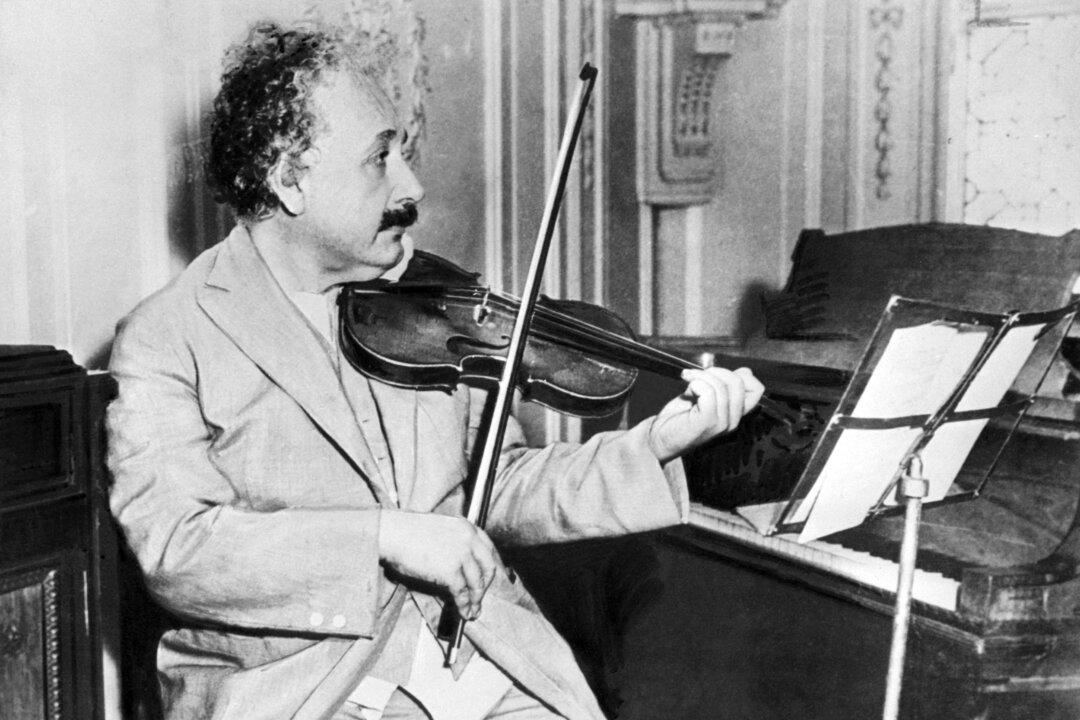A thunderstorm descended upon the southeastern coastal town of Kronoback, Sweden, in the spring of 1885 as poet and preacher Carl Boberg made his way home from church one warm afternoon. Although he was temporarily caught in the rain, by the time he reached his house, the rolling storm had already moved on. His office faced the town’s sprawling bay, and he opened the windows to let in the smell of fresh rain mixed with the calm breeze. Church bells rang softly in the distance, and the glow of sunlight reflected off the water as birds chirped and took flight.
As Boberg was also a member of the Swedish Parliament, his penchant for writing poetry and preaching the gospel came in handy more than his diplomatic skills in this particular instance. Inspired by the understated grandeur of the moment, he fused nature’s beauty with God’s word and wrote the poem “O Store Gud.”
A Swedish Poem Travels Europe

After the poem was published in a local newspaper, readers became inspired by its spiritual message. As more and more locals shared the artistic work, the words were eventually set to music. An old folk melody was paired with the stanzas, and just a few years after the poem’s first publication in 1886, worshippers were singing it in churches throughout southeastern Sweden.
The song’s uplifting message, which centers around praising God for his loving grace and awesome power, soon made its way throughout Europe and was translated into multiple languages, including a popular German rendition. This in-demand rendition eventually even made its way to Russia for translation.
While Europe had been singing versions of “O Store Gud” for years, the first American translation didn’t happen until 1925. Thanks to the work of Illinois professor E. Gustav Johnson, the song was brought to American churches and named “O Mighty God.”
A Moving Reinterpretation

While traveling, Hine kept journals and wrote about his experiences, not wanting to forget details of how Christians in other parts of the world worshiped and how those differed from his own experiences in his home country. During one of his early trips, Hine heard a group of worshippers singing the Russian-translated version of “O Store Gud,” known as “Great God,” and he was so moved by their performance that the song stuck with him for years.
Stanzas of his own took shape via his writings. He soon began putting these words to melody, building off the hymn’s original music but updating it with a more contemporary approach.
One of his most pivotal experiences happened while visiting a rural Ukrainian village where most of the townspeople were never taught how to read. However, one villager had managed to learn by studying scripture, and she went on to share the words of the Bible with her neighbors. This grassroots sharing of God’s message turned into regular Bible study meetings for the villagers. And when Stuart and Mercy walked around the remote town one day, they heard the group shouting and singing from inside one of the homes. Hine struck up a conversation with the group and was so moved by their demonstrative ceremony of repentance that he began jotting down phrases he heard them shouting as they praised God and asked for forgiveness.
The British missionary turned these notes into verses, and his favorite phrase in particular, “How great thou art,” became the new work’s title.
A Lasting Legacy

When Hine published “How Great Thou Art” in a Russian magazine in 1949, he never imagined that the song would take the world by storm, just as a sudden storm had acted as inspiration for Boberg on that fateful spring day in 1885.
Throughout the latter part of the 20th century, “How Great Thou Art” was integrated into church services because of its popularity with congregations, and it ultimately became a central piece in church hymn books throughout America.
In the 1950s, the praise song reached worldwide fame when popular preacher Billy Graham used it as his signature song during a series of sermons in Europe and North America.
One of the most moving contemporary performances of the piece was passionately delivered by Christian country singer Carrie Underwood in 2011 for a televised Academy of Country Music special. After its airing, her recording of “How Great Thou Art” took the top spot on the iTunes gospel chart and is now recognized as one of her biggest hits.
To this day, “How Great Thou Art” is recognized as one of Christian music’s most popular gospel songs, second only to the traditional hymn “Amazing Grace.”
Hine’s “How Great Thou Art” transformed Boberg’s original poem set to folk music and relegated to church congregations and gave populations across the world a deeply affecting worship song that anyone can cling to in times of praise and need.





